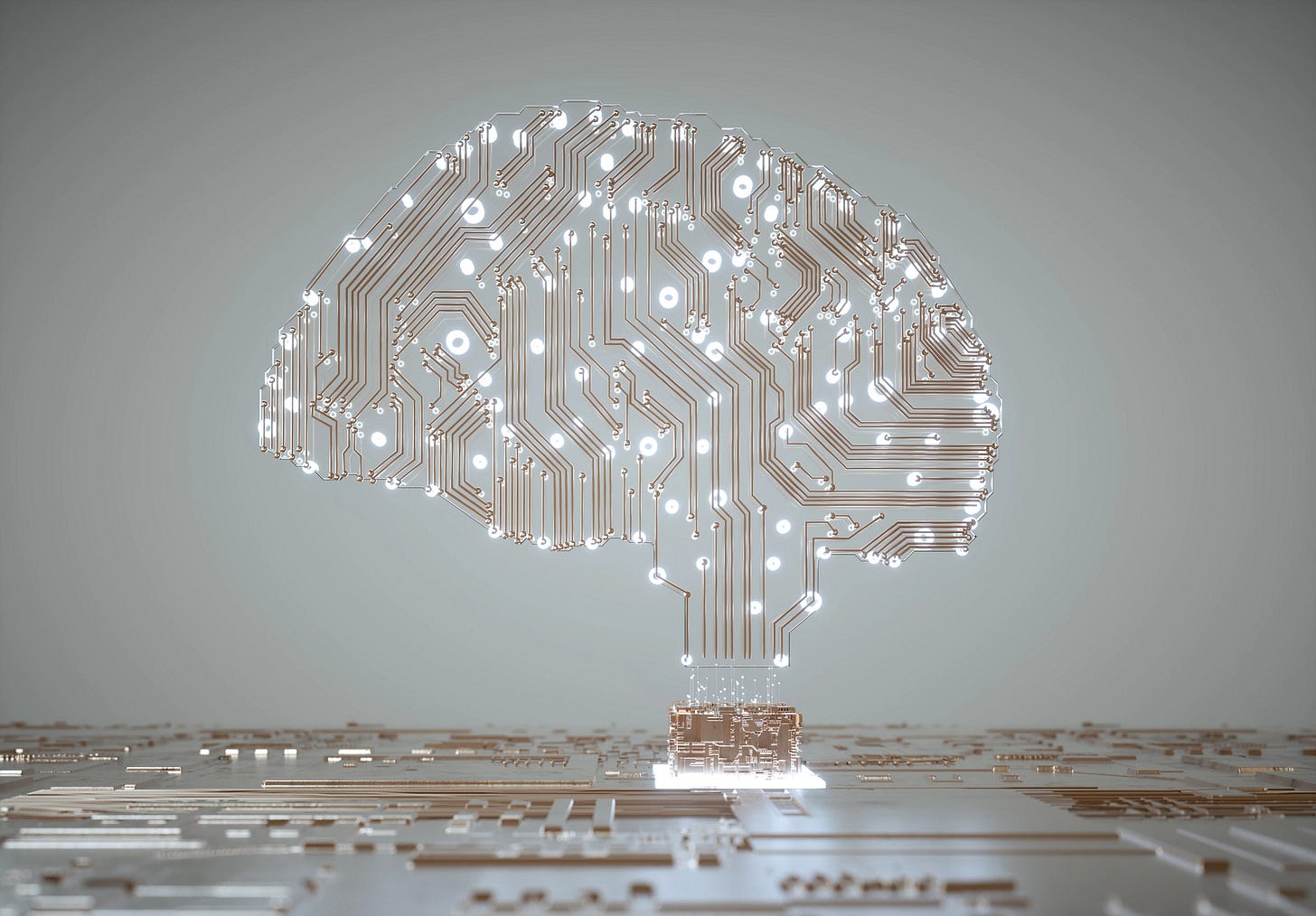Generative AI is creating ripples across the technological landscape. But what exactly is it, and why should those in the world of records management pay attention? Let's dive in.
These outputs could be as varied as text, images, music, etc.
In fact, Generative AI was used to assist with writing this post. (See the disclaimer at the end.) I could format the tone, audience, style, and specific information I wanted to provide, and ChatGPT could process these prompts.
What is Generative AI?
At its core, Generative AI consists of models and algorithms designed to create new content. While many AI systems classify or distinguish between data types (like identifying if an image is of a cat or a dog), generative AI models create outputs.
One of the most popular tools out there is ChatGPT. ChatGPT and the interface used are very user-friendly. Prompts to the AI are typed in a message form, and the AI tool responds directly in the same window.
Some standout examples include:
Generative Adversarial Networks (GANs): Picture two networks in a tug-of-war. One, the generator, crafts data. The other, the discriminator, tells if the data is genuine or made up. The duel refines the generator's skills.
Variational Autoencoders (VAEs): These are sophisticated compress-decompress mechanisms. They squeeze data into a compact form and then recreate it.
Recurrent Neural Networks (RNNs): Especially their cousins, LSTM and GRU, are the maestros of sequence generation, like crafting paragraphs of text.
Generative AI can be a game-changer for Records Management (and all of us):
Data Augmentation: Imagine expanding your datasets without extra real-world data collection. Generative AI can craft synthetic data that fits right into your existing datasets.
Data Anonymization: Sharing data without privacy breaches? Generative models can recreate datasets with the essence of the original but none of the personal data.
Data Recovery: Lost or corrupted data sections? Generative AI, trained right, might be your knight in shining armor, filling in those data gaps.
Auto-tagging: AI's ability to categorize and label records can turn hours of manual work into mere minutes.
Predictive Insights: Generative AI can be used to forecast future records or data trends.
Document Automation: Need a report based on previous ones? Generative models can craft documents based on existing data patterns.
Elevating Search: Envision searching your records by keywords and context, even when exact phrases might be absent.
Words of Caution
Generative AI is powerful, but with power comes responsibility. The ability of these models to craft realistic content poses a risk: the generation of misleading or false information. We must be wary and implement robust validation, authentication, and audit mechanisms to maintain data integrity for the outputs of generative AI.
As with all technology, generative AI offers both promise and challenges. It's up to us to harness its benefits wisely, ensuring authenticity and integrity at every step.
Disclaimer
ChatGPT and Generative AI were utilized to format some of this content (tone, format)


